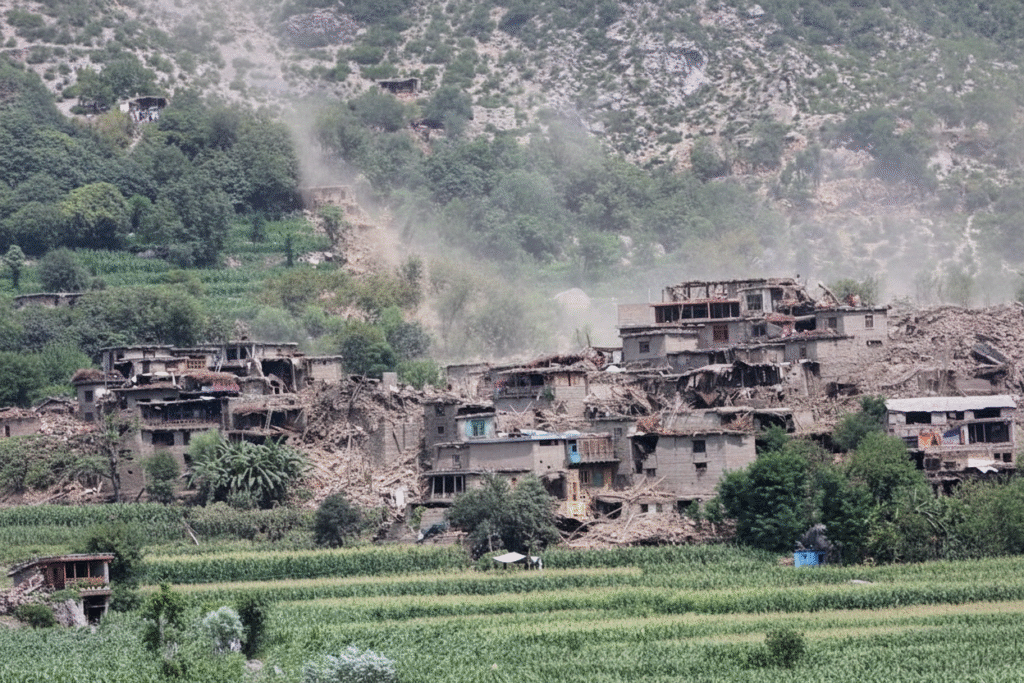On November 3, 2025, a powerful 6.3 magnitude earthquake struck northern Afghanistan near the city of Mazar-e Sharif, with its epicenter in the Hindu Kush region close to the town of Khulm. The tremor occurred at a shallow depth of 28 kilometers, sending shockwaves across the Balkh and Samangan provinces, affecting densely populated areas and historical sites.
This earthquake is reported to have caused significant devastation, tragically killing at least 20 people and injuring around 320 others. Many residents were forced into the streets in panic as buildings shook and some structures collapsed. The iconic Blue Mosque in Mazar-e Sharif, an important religious and cultural landmark, sustained considerable damage, signaling the quake’s destructive power.
Emergency response teams, both local and international, swiftly mobilized to conduct rescue operations and provide critical aid. The mountainous terrain and limited infrastructure posed severe challenges to relief efforts. Despite these hurdles, the spirit of resilience among residents was evident as communities banded together to support the injured and clear debris.
Afghanistan remains highly vulnerable to seismic activity due to its location at the convergence of the Indian and Eurasian tectonic plates. This event follows a series of major earthquakes in recent years that have wrought extensive damage and loss of life, further testing the nation’s disaster preparedness and infrastructure resilience.
The National Disaster Management Authority has pledged to continue coordination efforts and share updates on the evolving situation. Humanitarian organizations are actively engaged in supplying medical care, shelter, and relief materials to affected populations.
This earthquake underscores the urgent need for improved earthquake-resistant construction, better early warning systems, and enhanced disaster response mechanisms in Afghanistan. The magnitude 6.3 quake has left a profound impact, but with coordinated efforts and the indomitable resilience of its people, northern Afghanistan is working toward recovery and rebuilding.
This tragedy is a stark reminder of the challenges faced by earthquake-prone regions and the critical importance of preparedness, timely response, and community solidarity in minimizing loss and fostering resilience in the aftermath of natural disasters.


